SAM & CMAM
India is addressing malnutrition through national programs like POSHAN Abhiyaan and state-level initiatives. CMAM (Community-based Management of Acute Malnutrition) pilots and food fortification efforts are key strategies.
POSHAN Maah: September is dedicated to nutrition, focusing on antenatal care, breastfeeding, anaemia, growth monitoring, girls’ education, diet, marriage age, hygiene, and healthy eating.
CMAM programs aim to treat severe acute malnutrition (SAM) in children at the community level. Several states have implemented CMAM with varying degrees of success.
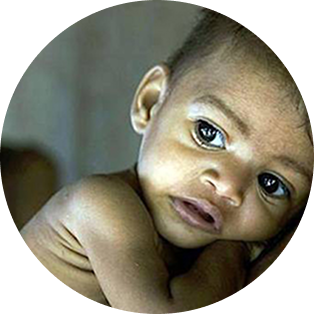
Bihar:
- MSF initiated the first conventional CMAM program in India in 2009.
- It achieved an 88.4% cure rate among children who completed treatment, despite a high default rate.
- The program utilized revised admission criteria, broadening the reach to children with less severe malnutrition.
Maharashtra:
- The state government implemented CMAM through Village Child Development Centres (VCDCs) at Anganwadi levels.
- The program includes screening, therapeutic food distribution, and training for Anganwadi Workers (AWWs) and ASHAs.
- Children with complications are referred to hospitals or Child Treatment Centres.
- The majority of children, those with non-complicated SAM, are treated within the community.
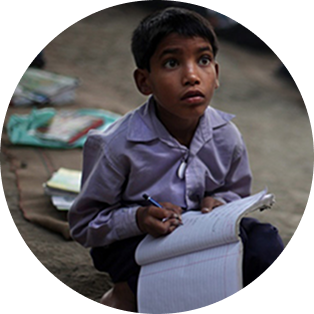
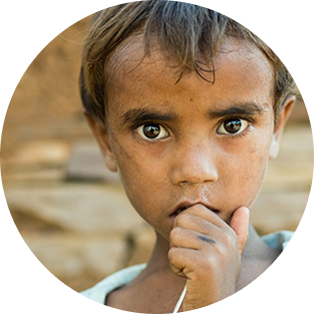
Andhra Pradesh and Telangana:
- “Balamrutham” is a weaning food distributed to children aged 7 months to 3 years.
- It provides essential nutrients and is distributed monthly through Anganwadi centers.
- “Balamrutham Plus” was later introduced with enhanced nutritional content.
Rajasthan:
- The “POSHAN” project, a government-led CMAM initiative, has achieved an 88% recovery rate.
- Recovery rates exceed global standards, with sustained intervention for 10-12 weeks recommended.
- Validation studies show high retention of weight gain in recovered children.
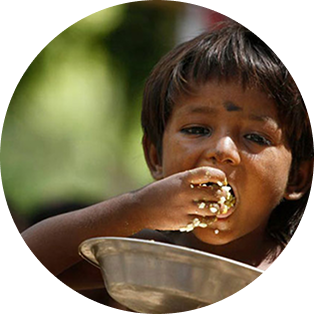
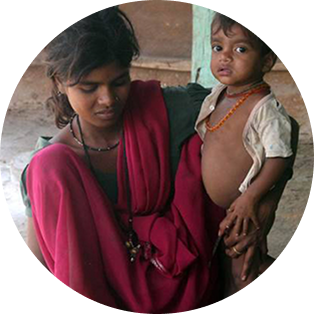
Uttar Pradesh:
- CMAM efforts in Banda district focused on integrated prevention and care of SAM.
- Screening covered 91% of under-five children, with 1.4% identified as SAM.
- The cure rate was 38%, with a significant number of non-responders.
Jharkhand:
- Jharkhand faces a high prevalence of severe wasting.
- Pilot programs, including “Jeevan Asha,” aimed to improve SAM management.
- In Bokaro, a pilot outpatient program through ICDS achieved a 61% cure rate, but also a 39% default rate, highlighting the need for capacity strengthening of ICDS workers.
- In West Singhbhum, the cure rate was 50%, with high default and non-responder rates, impacted by an Anganwadi strike.
- The state is rolling out CMAM across West Singhbhum, with state-specific guidelines and capacity-building initiatives.
- The importance of synergy between health and ICDS departments is highlighted.

